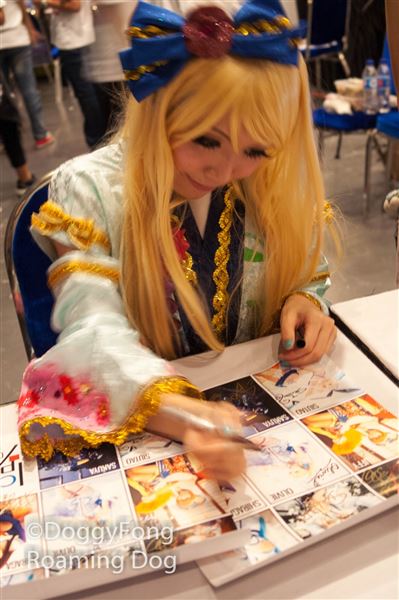
and derives from the Arabic name for miracle substances, "al iksir".

The word elixir was not used until the 7th century A.D. The Elixir has had hundreds of names (one scholar of Chinese history reportedly found over 1,000 names for it), among them Kimia, Amrit Ras or Amrita, Aab-i-Hayat, Maha Ras, Aab-Haiwan, Dancing Water, Chasma-i-Kausar, Mansarover or the Pool of Nectar, Philosopher's stone, and Soma Ras.
#Hui yi moon festival elixir of immortality skin#
This is said to be why serpents can rejuvenate themselves each year by shedding their skin while men are doomed to die. However, the person entrusted with carrying the pails down to Earth gets tired and takes a break, and a serpent bathes in the water of life, rendering it unusable. Similarities have been noted with a folktale from the Ryukyu Islands, in which the moon god decides to give man the water of life ( Miyako: sïlimizï), and serpents the water of death ( sïnimizï). In the 8th century AD Man'yōshū, 'waters of rejuvenation' ( 変若水, ochimizu) are said to be in the possession of the moon god Tsukuyomi. According to legend, certain alchemists have gained a reputation as creators of the elixir. In European alchemical tradition, the elixir of life is closely related to the creation of the philosopher's stone. The Indian elixirs were mineral remedies for specific diseases or, at the most, to promote long life. But the elixir of immortality was of little importance in India (which had other avenues to immortality). It is also possible that the alchemy of medicine and immortality came to China from India, or vice versa in any case, for both cultures, gold-making appears to have been a minor concern, and medicine the major concern. Evidence of the idea of transmuting base metals to gold appears in 2nd to 5th century AD Buddhist texts, about the same time as in the West. Mercury, which was so vital to alchemy everywhere, is first mentioned in the 4th to 3rd century BC Arthashastra, about the same time it is encountered in China and in the West. In the Puranas, that due to the defeat of the devas at the hands of the asuras, both power-seeking races, the preserver deity Vishnu asked the devas to churn the ocean of milk, so that they may retrieve amrita to empower themselves. India Īmrita, the elixir of life, has been described in Hindu scriptures. The Jiajing Emperor in the Ming dynasty died from ingesting a lethal dosage of mercury in the supposed "Elixir of Life" conjured by alchemists. Many of these substances, far from contributing to longevity, were actively toxic and resulted in Chinese alchemical elixir poisoning.

682 AD), a famous medical specialist respectfully called "King of Medicine" by later generations, discusses in detail the creation of elixirs for immortality (including several toxic ingredients such as mercury, sulphur, and arsenates), as well as those for curing certain diseases and the fabrication of precious stones. The most famous Chinese alchemical book, Danjing yaojue ("Essential Formulas of Alchemical Classics") attributed to Sun Simiao (c. Gold was considered particularly potent, as it was a non-tarnishing precious metal the idea of potable or drinkable gold is found in China by the end of the third century BC. The ancient Chinese believed that ingesting long-lasting mineral substances such as jade, cinnabar, or hematite would confer some of that longevity on the person who consumed them. He embarked on a second voyage with 3000 young girls and boys, but none of them ever returned (legend has it that he found Japan instead).

During the Qin dynasty, Qin Shi Huang sent Taoist alchemist Xu Fu to the eastern seas with 500 young men and 500 young women to find the elixir in the legendary Penglai Mountain, but returned without finding it. Many rulers of ancient China sought the fabled elixir to achieve eternal life. Xu Fu's first expedition to the Mount of the immortals. Unfortunately, it is eaten by a serpent before he can do so. Gilgamesh is directed by him to find a plant at the bottom of the sea which he does but seeks first to test it on an old man before trying it himself. He seeks out Utnapishtim, a Noah-like figure in Mesopotamian mythology in which he was a servant of the great Alchemist of the rain who later became immortal, to seek out the advice of the King of Herod of the Land of Fire. History Ancient Mesopotamia Īn early mention of an elixir of life is found in the Epic of Gilgamesh (from the 2nd millennium BC) in which Gilgamesh comes to fear his own declining years following the death of his beloved companion Enkidu. Alchemists in various ages and cultures sought the means of formulating the elixir. This elixir was also said to cure all diseases. The elixir of life, also known as elixir of immortality, is a potion that supposedly grants the drinker eternal life and/or eternal youth. The mythological White Hare from Chinese mythology, making the elixir of life on the Moon


 0 kommentar(er)
0 kommentar(er)
